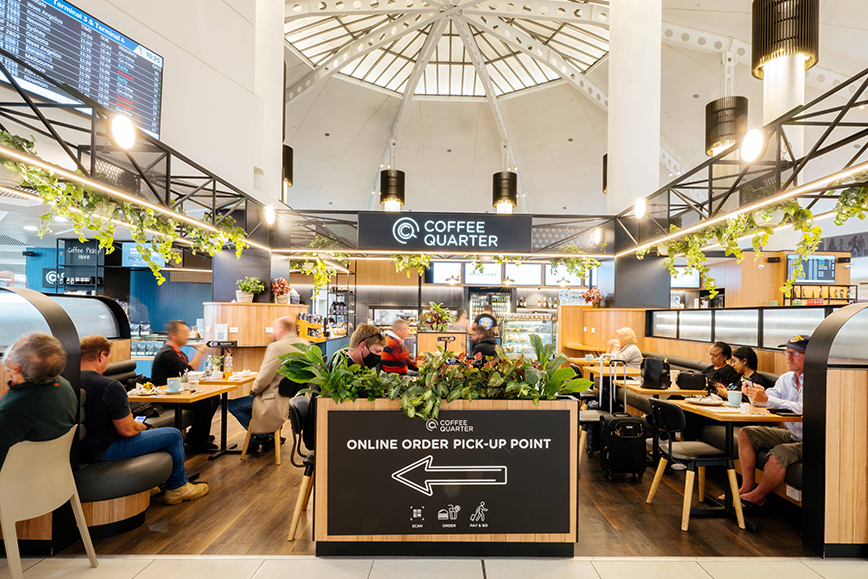US. The latest research from Unity Marketing shows that three distinct groups make up the top-earning 20% of households in the US.
Precise figures can be hard to come by when describing the luxury market, which is variously defined as the top 2% to 5% of earners or the top 10% of the income band. Others define affluent consumers, recognised as the targets of the likes of LVMH, Gucci, Cartier or Bvlgari, beginning at U$1 million in investible assets.
“In practice, what marketers mean by the “˜luxury market’ is largely subjective,” said Pam Danziger, president of luxury research and consulting firm Unity Marketing and author of Why People Buy Things They Don’t Need.
Seeking a standard definition of the luxury market, Unity Marketing turned to the Bureau of Labor Statistics (BLS) consumer expenditure survey. The BLS classifies the 111 million households in the US into equal-sized quintiles based upon household income. The lower cut-off for households in the upper quintile, about US$75,000, provides a reliable definition of the luxury market (households with income within the upper quintile of the BLS’s model). The average income for those households in the upper quintile is US$121,367.
Of the total 111 million US households, approximately 27.9 million, or one-quarter, have an income of US$75,000 and above. At US$100,000 and above, there are approximately 15.7 million households, or 14% of households. In most other countries the number of households in the upper segment is seen as growing, although not all regions have a similar income distribution to the US – with incomes more flat in Japan and more uneven in Latin America.
A more precise segmentation is based upon these broad perimeters set out by Unity:
“Near affluents” – Households at the lowest range of the fifth quintile, (household income or HHI from US$75,000 to US$99,999) are an important segment for the future of the luxury market, as these near affluents are likely to see their incomes rise in the coming years. Also this segment will reach up to luxury in specific product and experiential categories. A total of 12.2 million US households fall in this range.
“Affluents “-Those households with incomes of US$100,000 to US$149,999; 10.1 million households.
“Super affluents” – Households with incomes of US$150,000 and above are “˜super affluent;’ 5.6 million households.
Demographically, the top 20% of households are more like each other in their shopping characteristics than lower income American households.
Their characteristics include:
*Larger households: The typical affluent household has 3.2 members, as compared with the total population of 2.5.
*More workers in household: The affluent household has 2.1 earners, as compared with 1.4 earners in the typical household.
*Own more cars: They own 2.9 vehicles, as compared with 2.0 for the typical household.
*Nearly all own homes: 90% of affluents own a home, as compared with two-thirds of the typical households.
*Mostly white: Black-American households comprise only 6% of the affluent households, as compared with 12% of the total.
*Higher education levels: A key demographic characteristic of the affluent is higher education. The heads of some 80% of affluent households have some or more college attainment, compared with 56% of typical households.
*Middle aged: A most distinctive group and members of the baby-boom generation. In 2002 average income is highest among households aged 45-to-54, at US$74,934. This income peak is flanked by age groups above and below. The 35-to-44 year old households have an average income of US$68,310; the 55-to-64 aged households with US$64,118.
In summary, the Unity figures show that the top 20% of the population makes more, spends more and saves more. Affluent households have after-tax income nearly two-and-one-half times that of typical households, but their spending is less than twice the average. While luxury consumers could spend more, they are also highly motivated to protect and preserve their luxury standard of living. As a result, they have more money left over for saving and investing.
Their spending also lags behind their feeling of financial well being. While a near majority of luxury goods consumers felt better off financially at the end of 2003 than they did the previous year, they are not increasing their spending commensurate with their renewed feelings of confidence. In Unity Marketing’s latest survey, only 30% of luxury consumers say they spent more on luxury in 2003, compared with the previous year; 21% say they spent less than the year before.
But rather than viewing the luxury consumer as a spendthrift, marketers need to see them as they are: cautious, risk adverse, and protective of their financial resources. “That is one reason why these luxury consumers who can pay full price hesitate to do so. It makes good financial sense to seek out bargains and the best deal,” Danziger said.
On the assumption that “demographics are destiny,” nowhere is that more true than in the luxury goods market. From now until 2010, the number of affluent households and their influence will continue to grow. The rising tide of affluence is driven by the 78 million baby-boomers who range in age from 40 to 58 years. This is the age of empty nesting, when consumers are earning the most money in their lives, but no longer have to stretch their resources across the demands of a growing family.
Unity Marketing publishes the Luxury Market Report, 2004: Who Buys Luxury, What They Buy, Why They Buy.
For more information contact Pam Danziger on telephone +717 336 1600 or email: pam@unitymarketingonline.com




